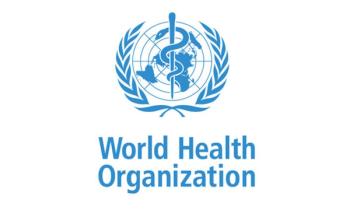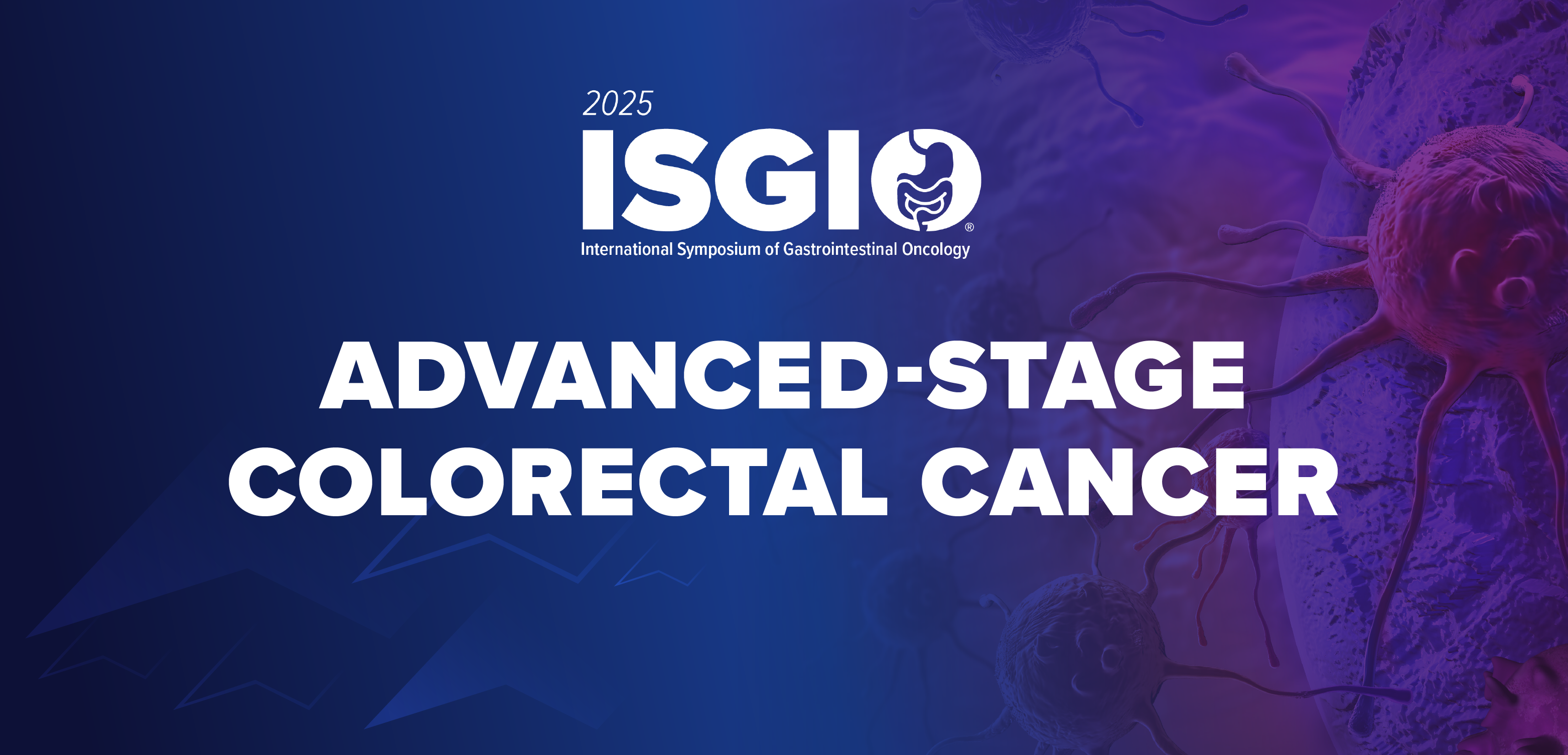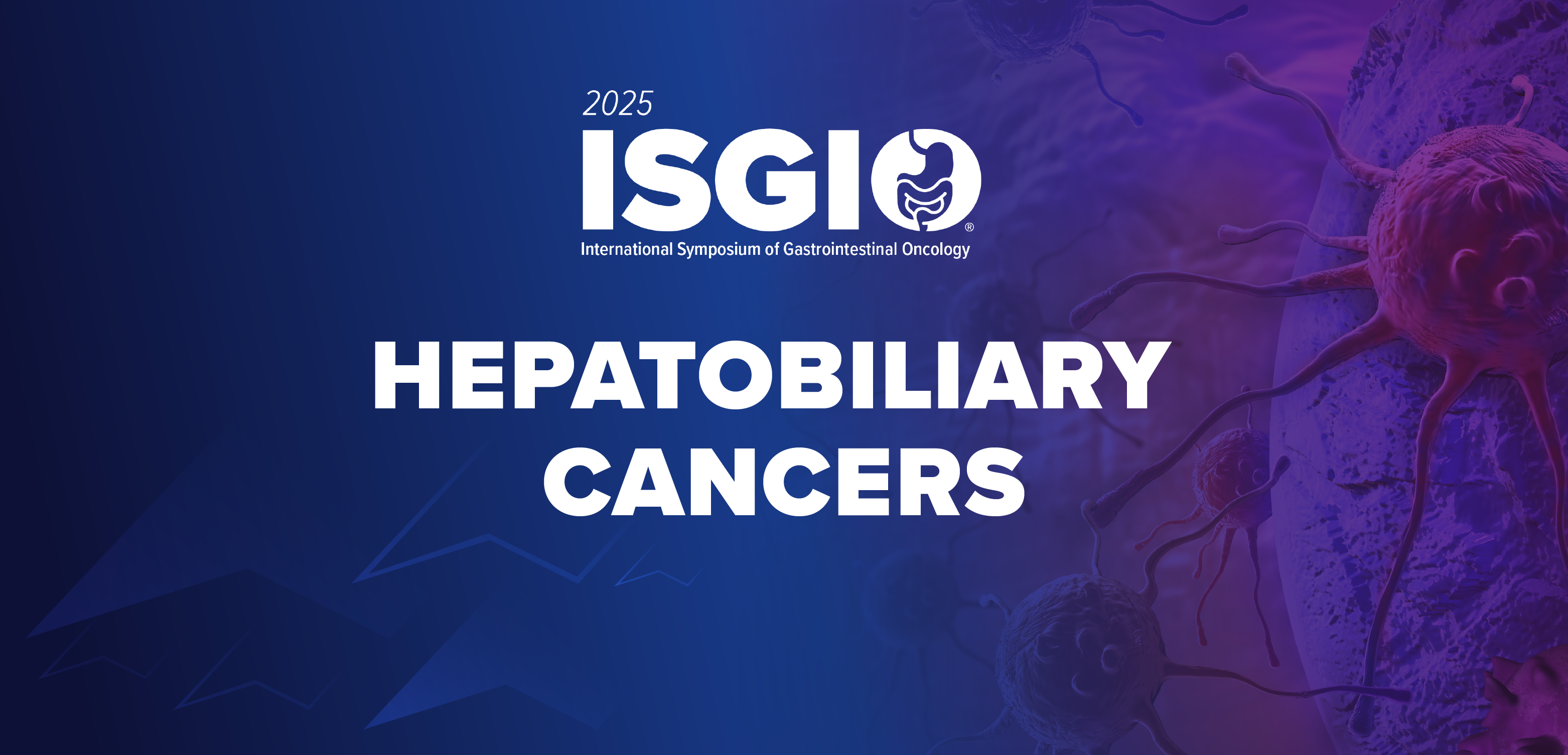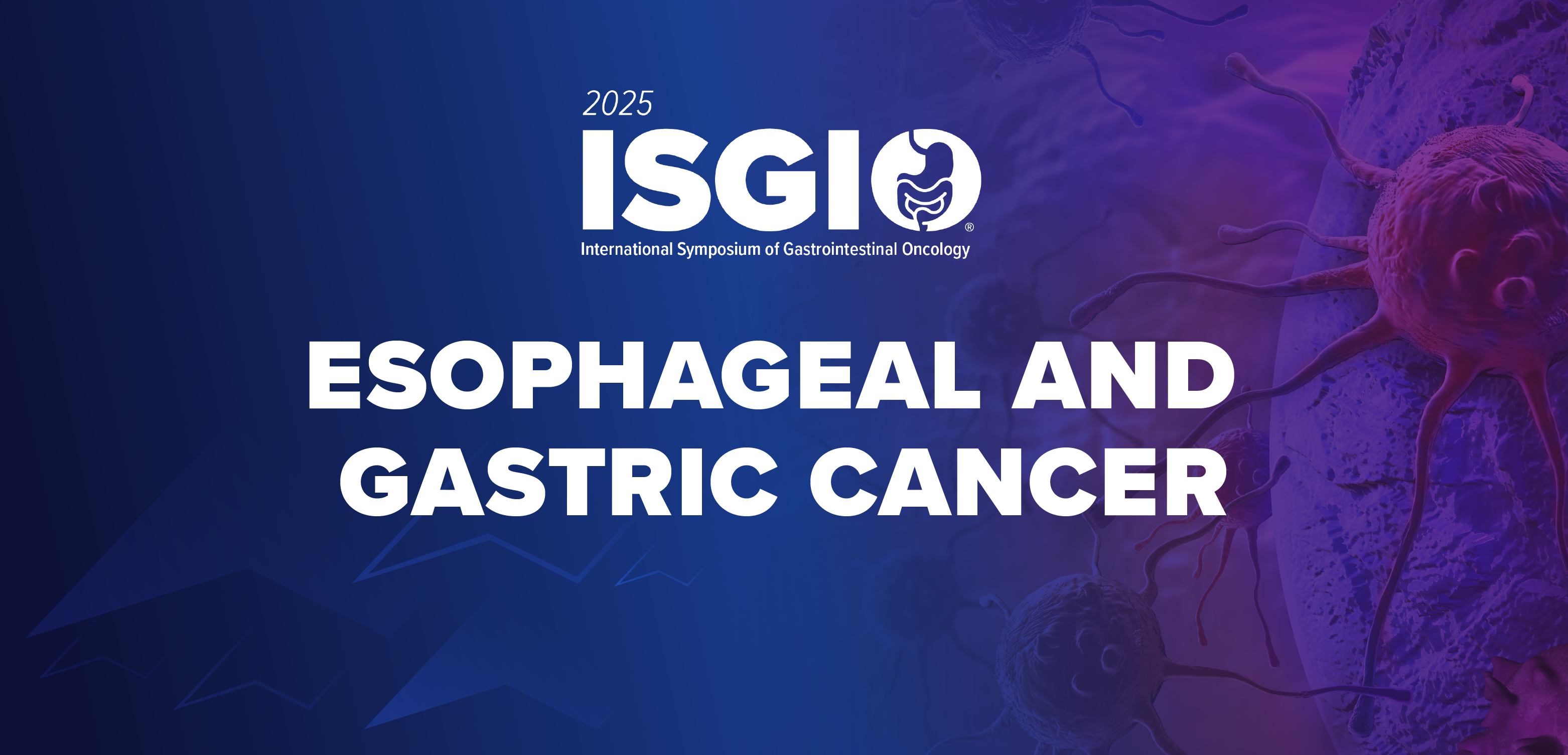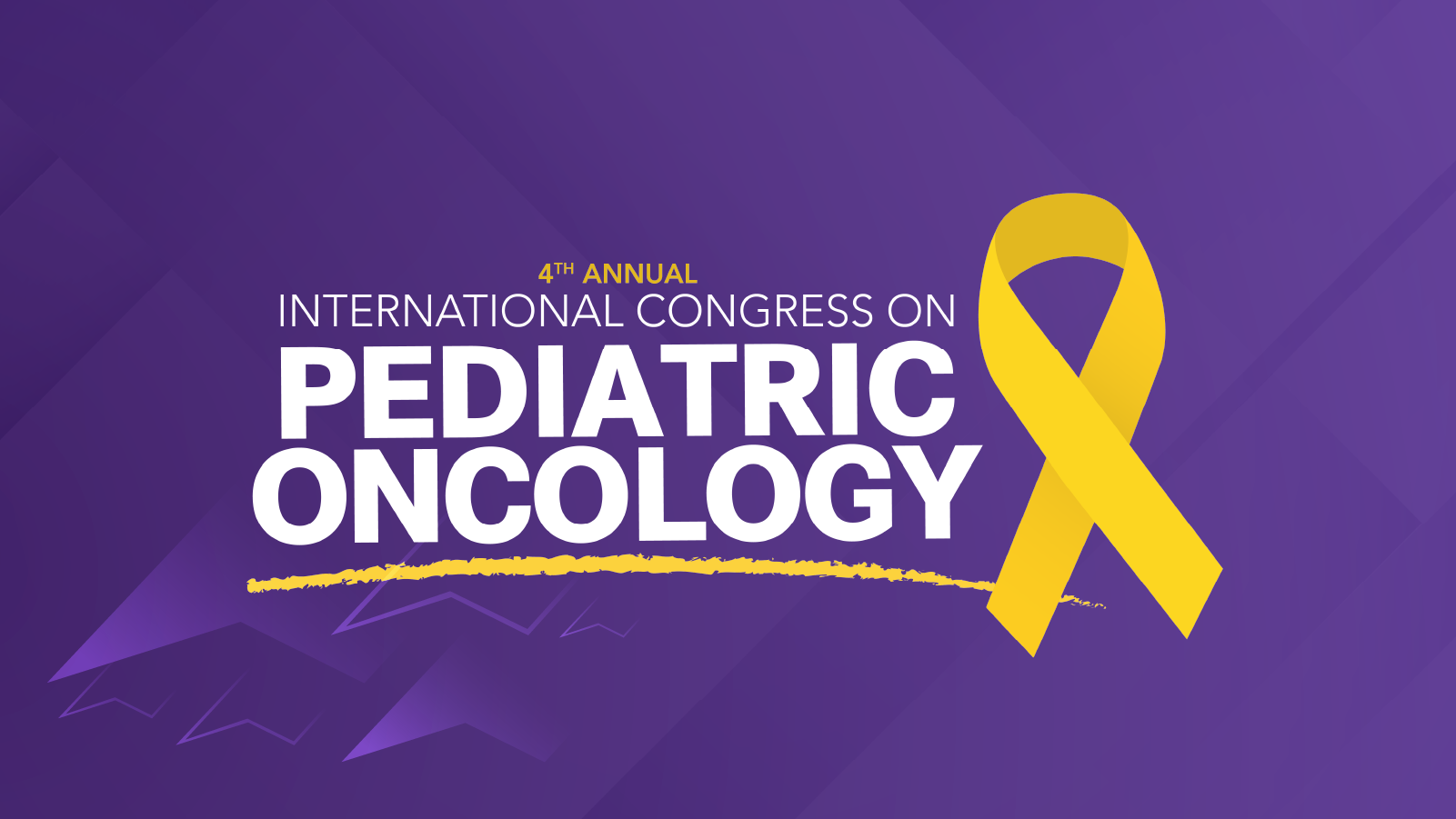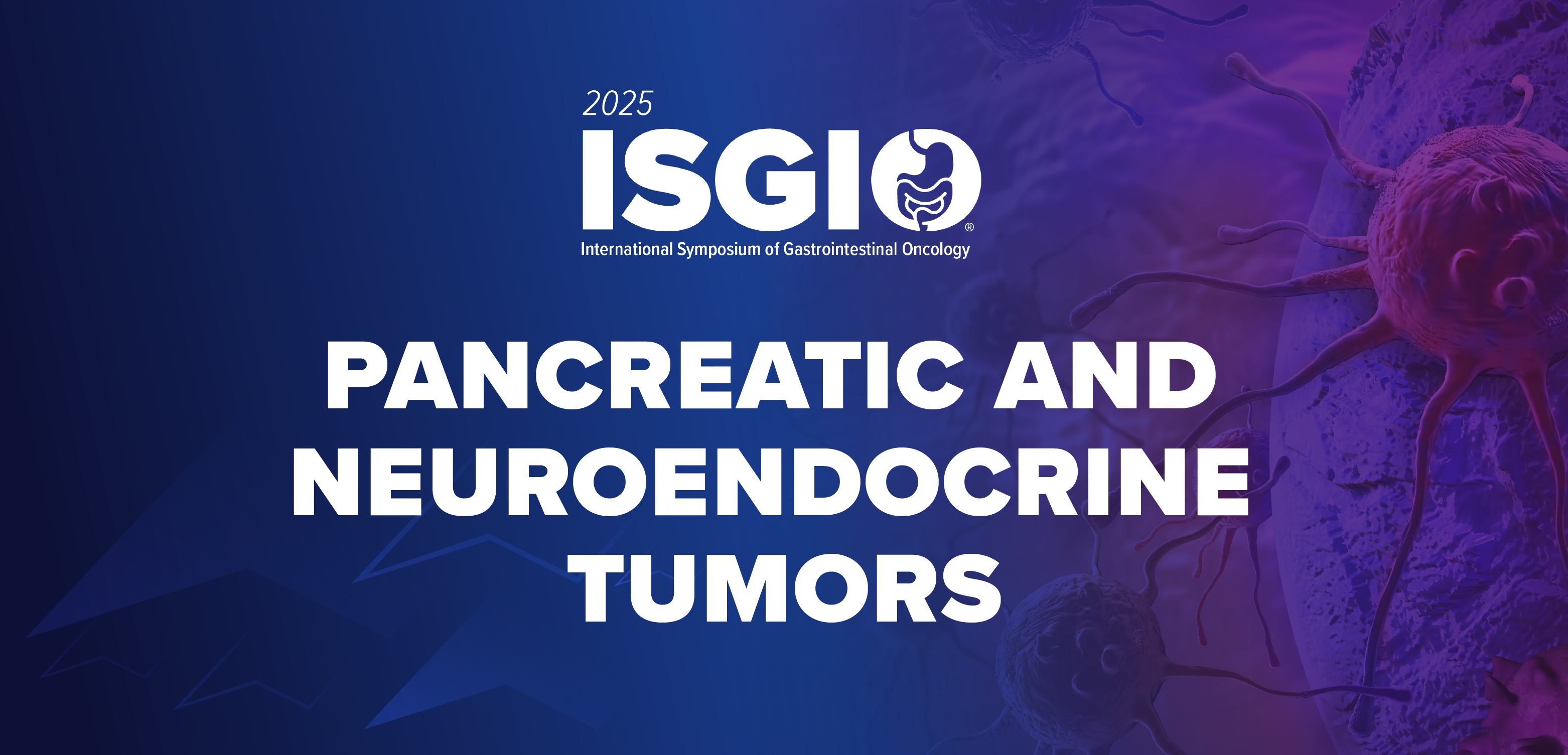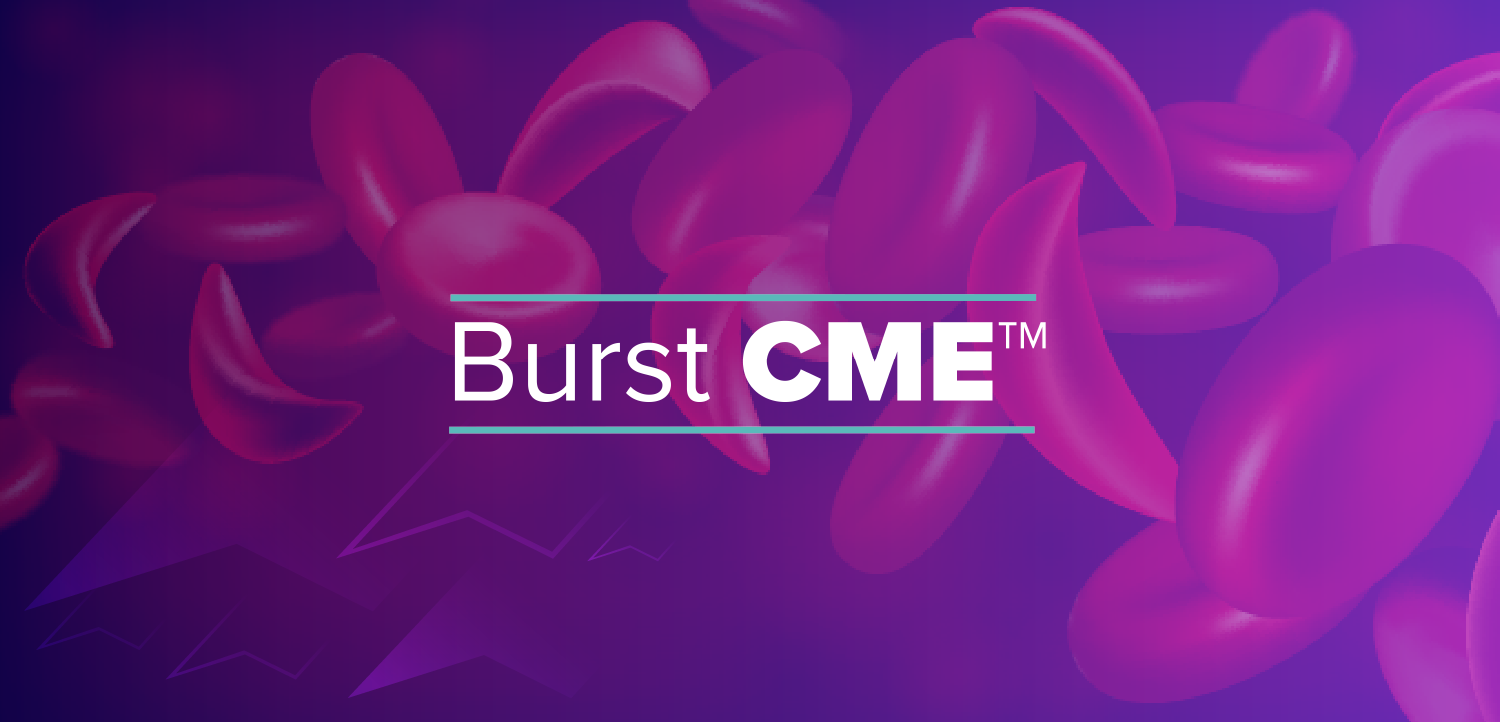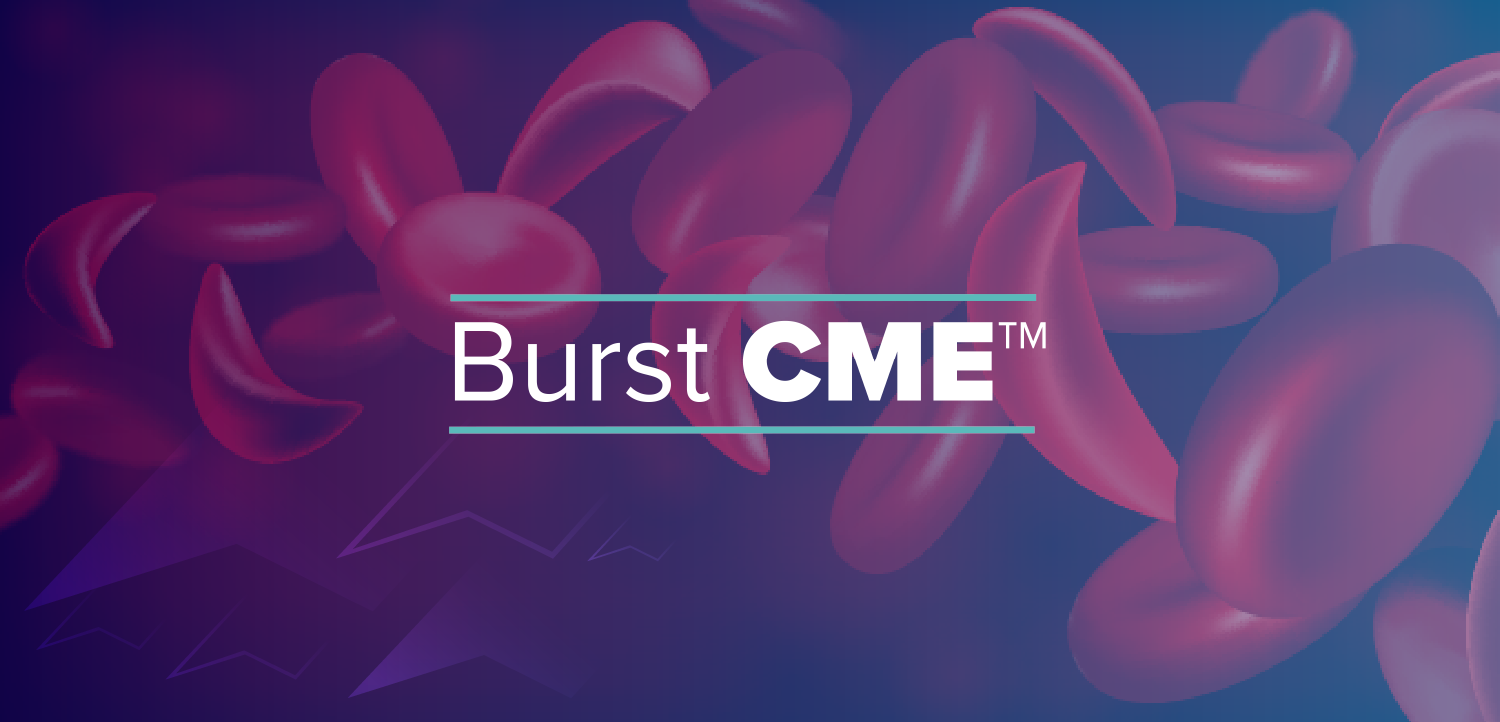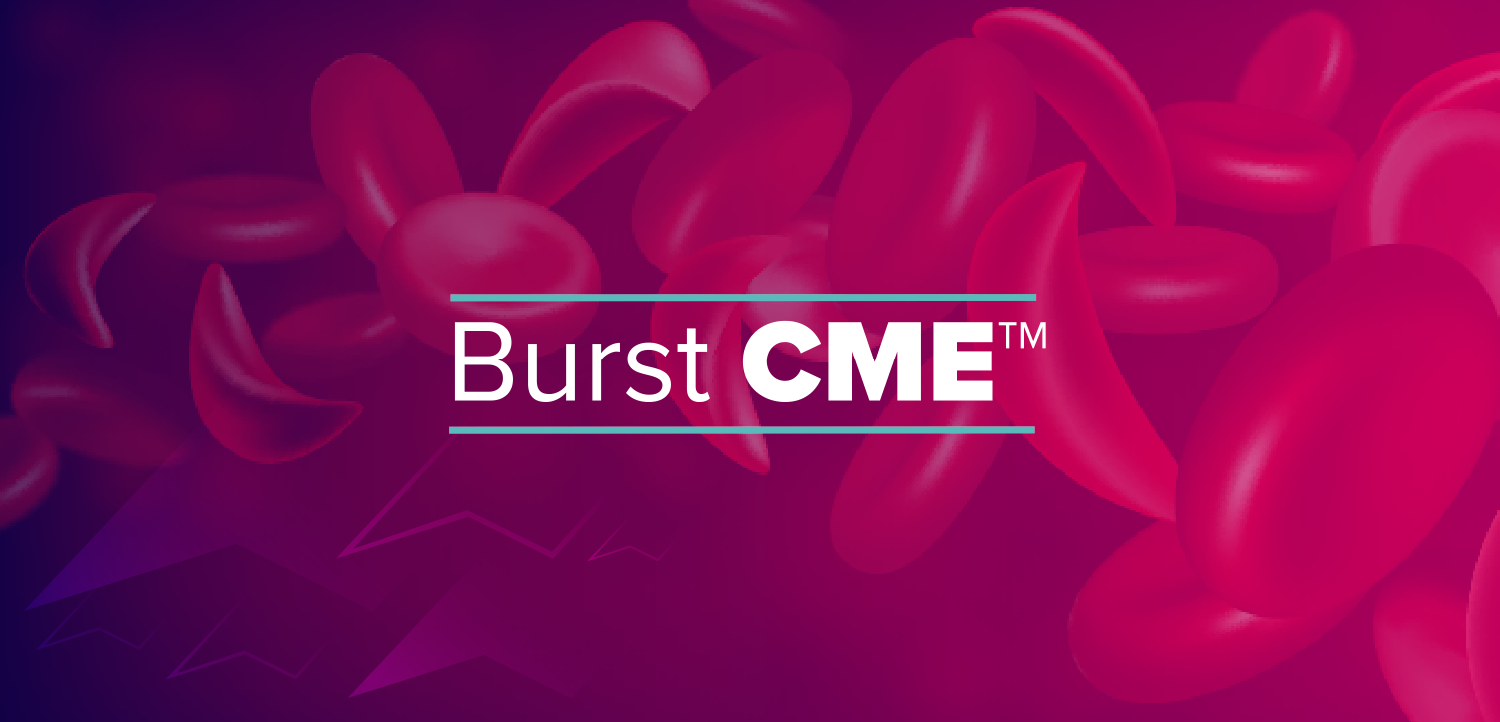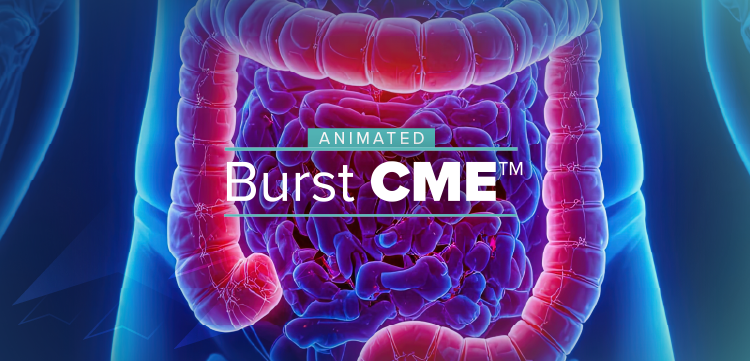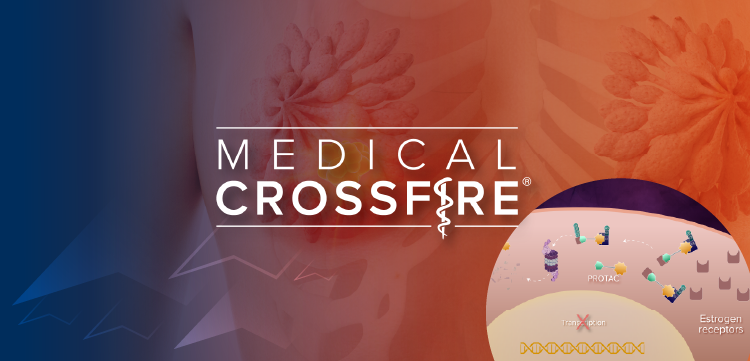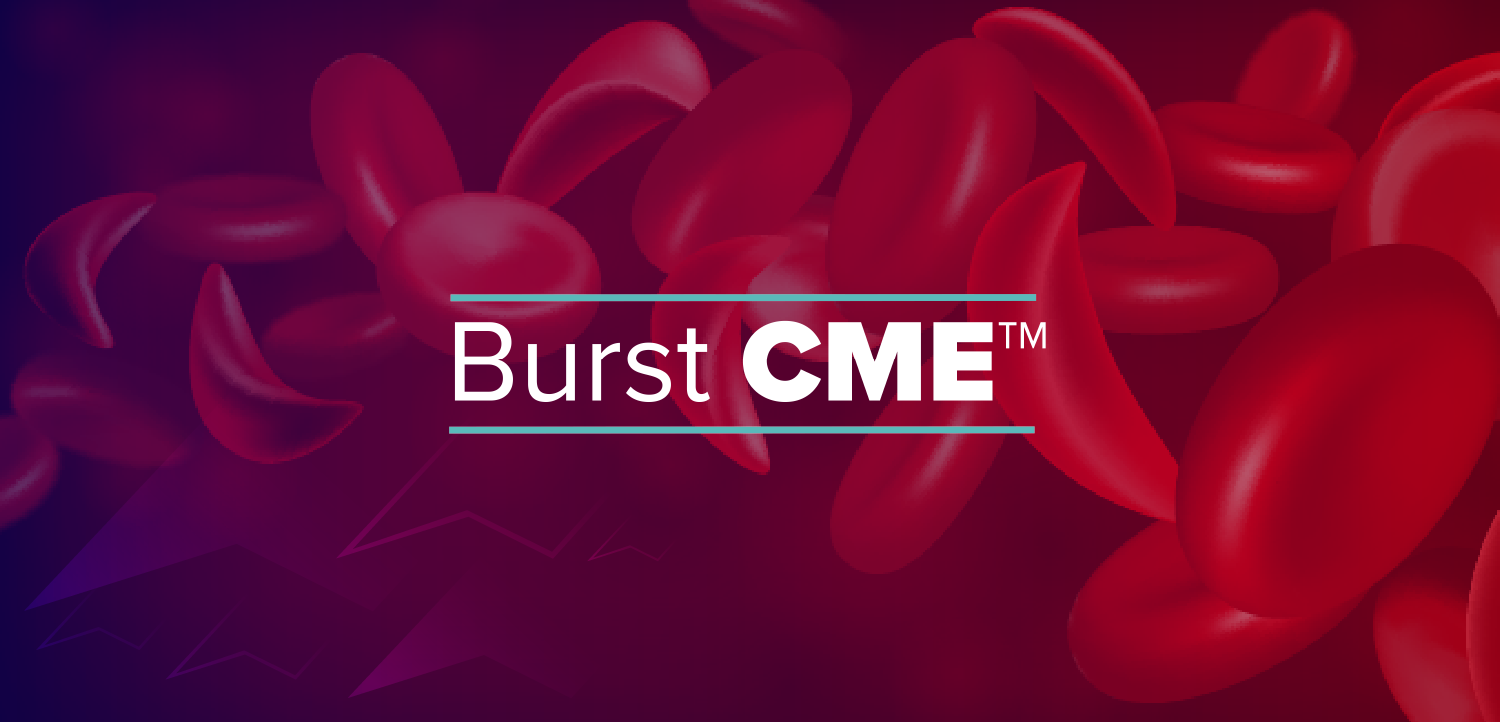
RESTORE-IMI 2: Imipenem/Cilastatin Relebactam Non-inferior to Piperacillin/Tazobactam for HABP/VABP
The data were released as part of the now-cancelled European Congress of Clinical Microbiology and Infectious Diseases.
Imipenem/cilastatin plus relebactam (Recarbrio) was
Now, new results from the phase 3 RESTORE-IMI 2 trial demonstrate that imipenem/cilastatin plus relebactam (IMI/REL) is non-inferior to piperacillin/tazobactam (PIP/TAZ) in patients with HABP/VABP. The data were released as part of the now-cancelled European Congress of Clinical Microbiology and Infectious Diseases (
In RESTORE-IMI 2, a randomized, controlled, double-blind phase 3 trial evaluating efficacy and safety of IMI/REL for HABP/VABP, 537 patients were randomized 1:1 to either 500 mg/250 mg IMI/REL or 4 g/500 mg PIP/TAZ every 6 hours intravenously for 7 to 14 days. Investigators obtained lower respiratory tract specimens <48 hours prior to screening, and also delivered empiric linezolid to patients until baseline cultures confirmed presence of methicillin-resistant Staphylococcus aureus (MRSA).
The modified intent-to-treat (MITT) population comprised 531 randomized patients with ≥1 dose of study drug, excluding patients with only gram-positive cocci present on baseline Gram stain.
Day 28 all-cause mortality and clinical response at early follow-up (7 to 14 days after completing therapy) made up the primary and secondary end points in the MITT population, respectively. Non-inferiority margins for those outcomes were 10% and -12.5%, respectively.
In the MITT population (264 IMI/REL, 267 PIP/TAZ), 48.6% had ventilated HABP or VABP, 42.9% were ≥ 65 years old, 66.1% were in the intensive care unit, 47.5% had APACHE-II scores ≥15, and 24.7% had moderate/severe renal impairment. Klebsiella pneumoniae (25.6%), Pseudomonas aeruginosa (18.9%), Acinetobacter calcoaceticus-baumannii complex (15.7%), and Escherichia coli (15.5%) were the most common causative pathogens in the microbiologic MITT population.
For both the primary and secondary efficacy end points, IMI/REL was non-inferior (p <0.001) to PIP/TAZ. The rates of adverse events (AEs) in the safety population (IMI/REL 226/266 [85.0%] vs PIP/TAZ 233/269 [86.6%]), as well as therapy discontinuations due to both overall AEs and specifically due to drug-related AEs, were similar across both treatment arms. Diarrhea, increase alanine aminotransferase, and increased aspartate aminotransferase were the most common AEs (6/266 [2.3%] each).
“IMI/REL is an efficacious and well-tolerated treatment option for HABP/VABP,” investigators concluded.
“The major take-home message…is this is a very welcome, interesting new option for the treatment of pneumonia...It doesn't have the indication yet, but it's exciting because [IMI/REL] performed very well compared to a standard agent that we use for the treatment of pneumonia,” Keith S. Kaye, MD, MPH, director of research in the Division of Infectious Disease at University of Michigan,
The FDA accepted a supplemental new drug application for IMI/REL in February 2020, and has set a Prescription Drug User Fee Act (PDUFA) goal date of June 4, 2020.
The abstract, “RESTORE-IMI 2: randomised, double-blind, phase III trial comparing efficacy and safety of imipenem/cilastatin (IMI)/relebactam (REL) versus piperacillin/tazobactam (PIP/TAZ) in adult patients with hospital-acquired or ventilator-associated bacterial pneumonia (HABP/VABP),” was released May 5, 2020, as part of the
Newsletter
Stay ahead of emerging infectious disease threats with expert insights and breaking research. Subscribe now to get updates delivered straight to your inbox.


